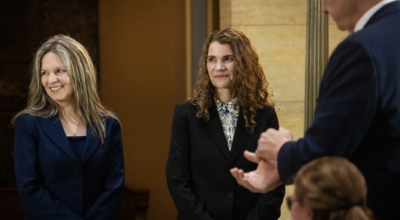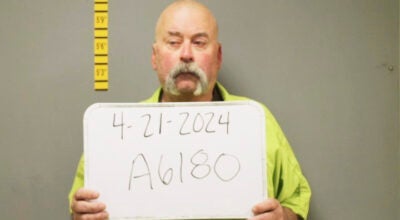News grapples with how graphic to be
Published 9:07 am Friday, August 28, 2015
NEW YORK — In an era when anyone can go online and find video of terrorist beheadings, police shootings and other carnage, major news organizations applied their own standards to coverage of this week’s killing of a TV news crew in Virginia and showed only carefully selected portions of the footage.
They were difficult newsroom decisions, informed by competitive pressures, questions of newsworthiness and taste, and an understanding that for all the talk about the great convergence of media, a fundamental difference still exists between TV and the Internet.
“We went back and forth on this — whether to run it, not run it, or just use frame grabs,” said Al Ortiz, CBS vice president of standards and practices. “It’s not a decision you make lightly. An argument was made that we were doing the gunman’s work for him. But the decision we came around to was that it was editorially important to show how methodical, planned and deliberate this was. That’s the only reason we used it.”
The killings of WDBJ reporter Alison Parker and cameraman Adam Ward were literally a made-for-television moment. They were shot to death on live TV by a gunman who also recorded the attack and posted his video on social media. The TV station’s footage and the gunman’s were watched online in full by countless numbers of people around the globe as news executives decided what to show.
Before the shooting was three hours old, CNN began showing WDBJ’s footage of Parker conducting an interview and then trying to scramble away as gunfire erupted. The network warned viewers of its graphic nature and promised not to air it more than once an hour. CNN did not air the gunman’s own video.




